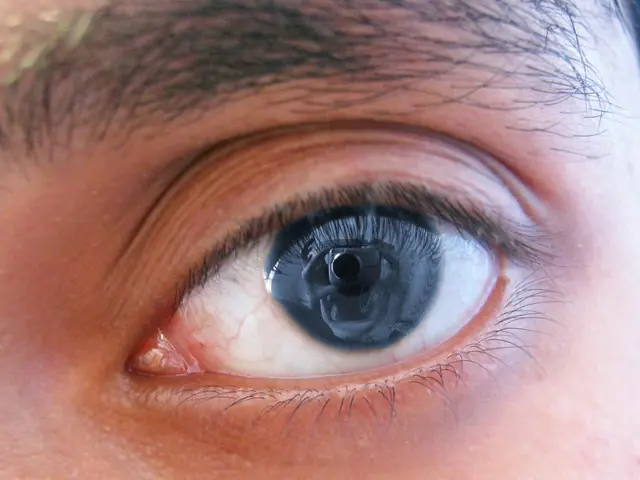Subconjunctival Hemorrhage: Common, Harmless Eye Condition
A subconjunctival hemorrhage, a common eye condition, occurs when blood collects under the transparent tissue covering the eye. It's usually harmless and goes away on its own within a week or two. However, it can be alarming due to the sudden redness in one eye.
The condition is often triggered by increased pressure in the eye, such as from coughing, sneezing, or even straining during bowel movements. Underlying health issues like diabetes and hypertension, as well as certain medications that affect blood clotting, can also contribute to its occurrence. In rare cases, trauma or injury can be the cause.
The conjunctiva, the clear tissue covering the white of the eye, contains many tiny blood vessels. When one of these bursts, blood spreads out in the narrow space between the conjunctiva and the sclera, causing the eye to appear red. This is not dangerous and does not affect vision as it only affects the white of the eye, not the cornea. Diagnosis involves a simple eye examination and checking blood pressure, with further tests if necessary.
Treatment is usually not required, but artificial tears may be recommended for irritation. If the cause is medication, avoiding or adjusting the drug may be advised. Prevention involves avoiding eye rubbing, using protective goggles, and being cautious with medications that increase bleeding risk.
Subconjunctival hemorrhage, while alarming due to the sudden redness, is generally a harmless condition that resolves on its own. It's important to understand its causes and seek medical attention if it persists or is accompanied by pain or vision changes. Regular eye check-ups and managing underlying health conditions can help prevent its occurrence.








